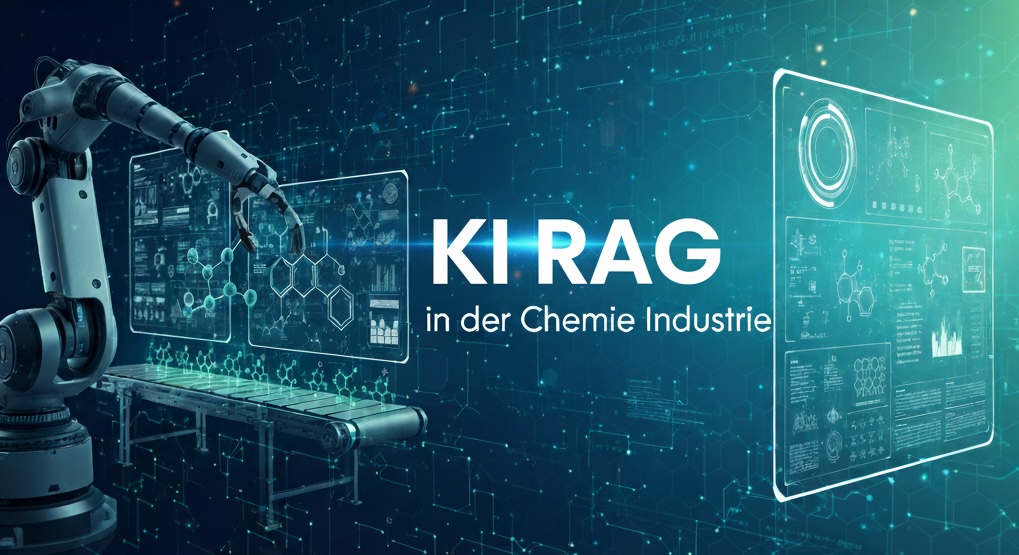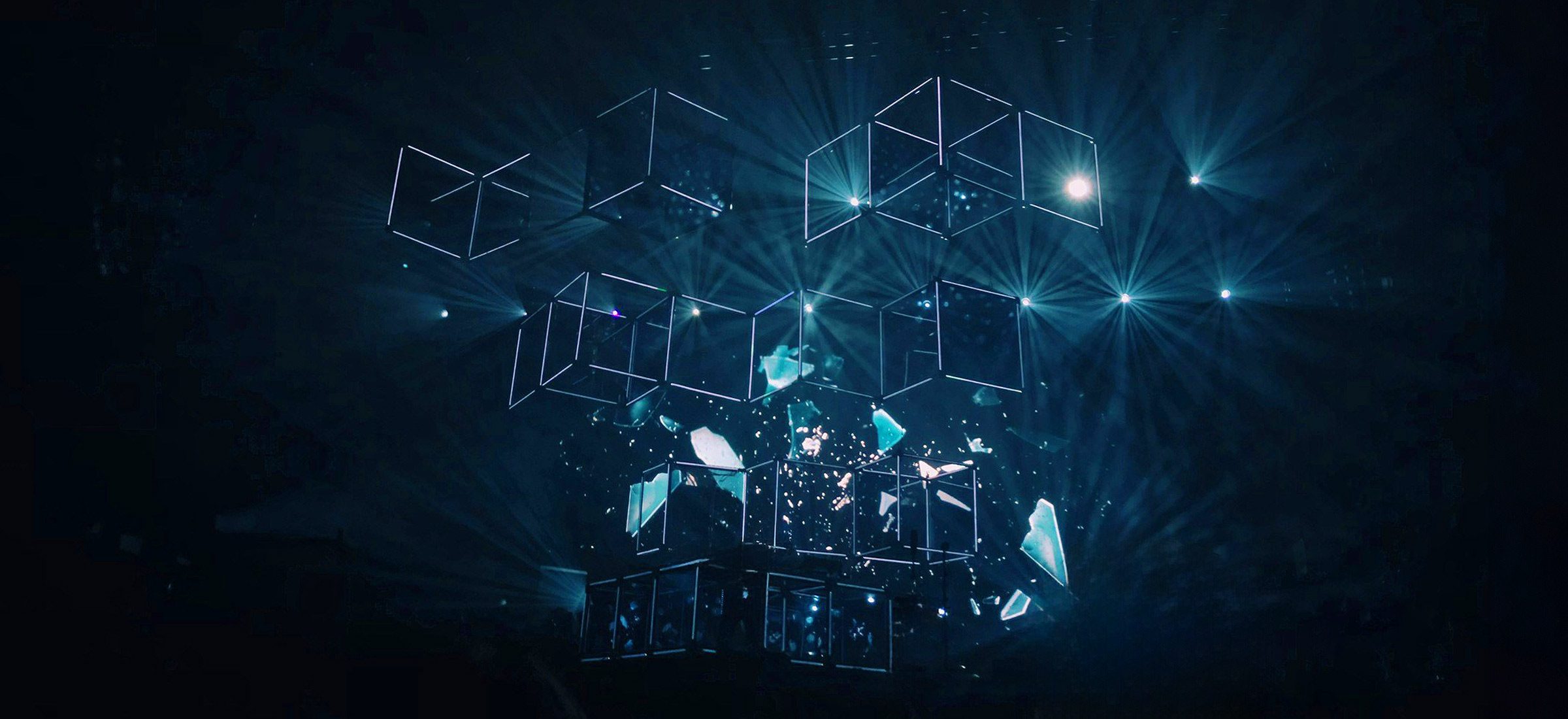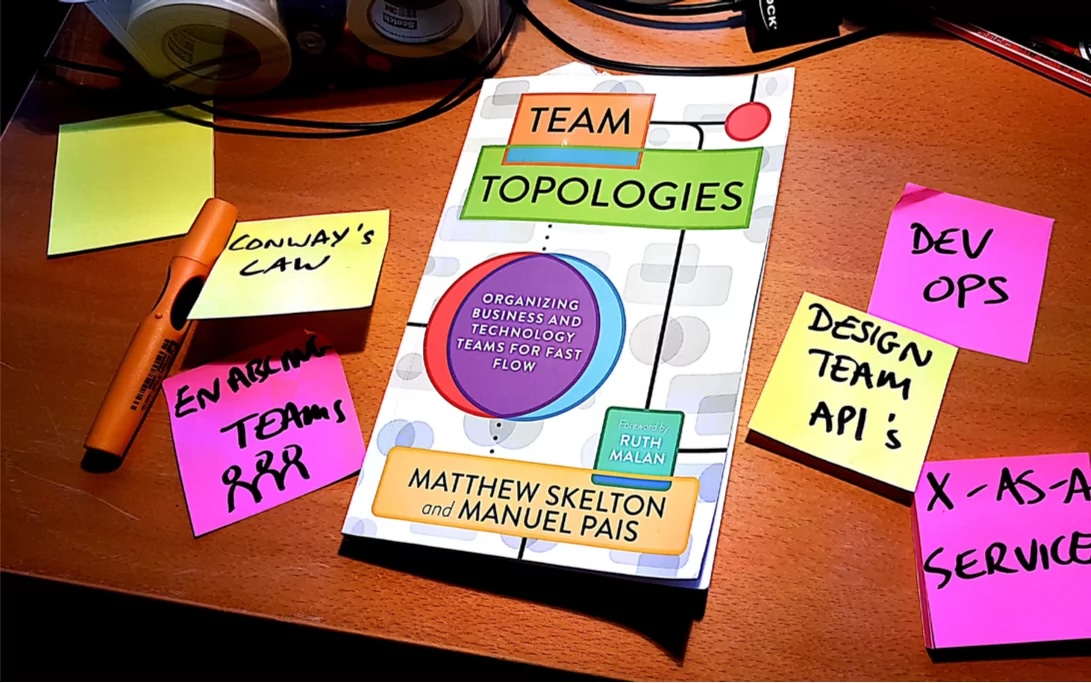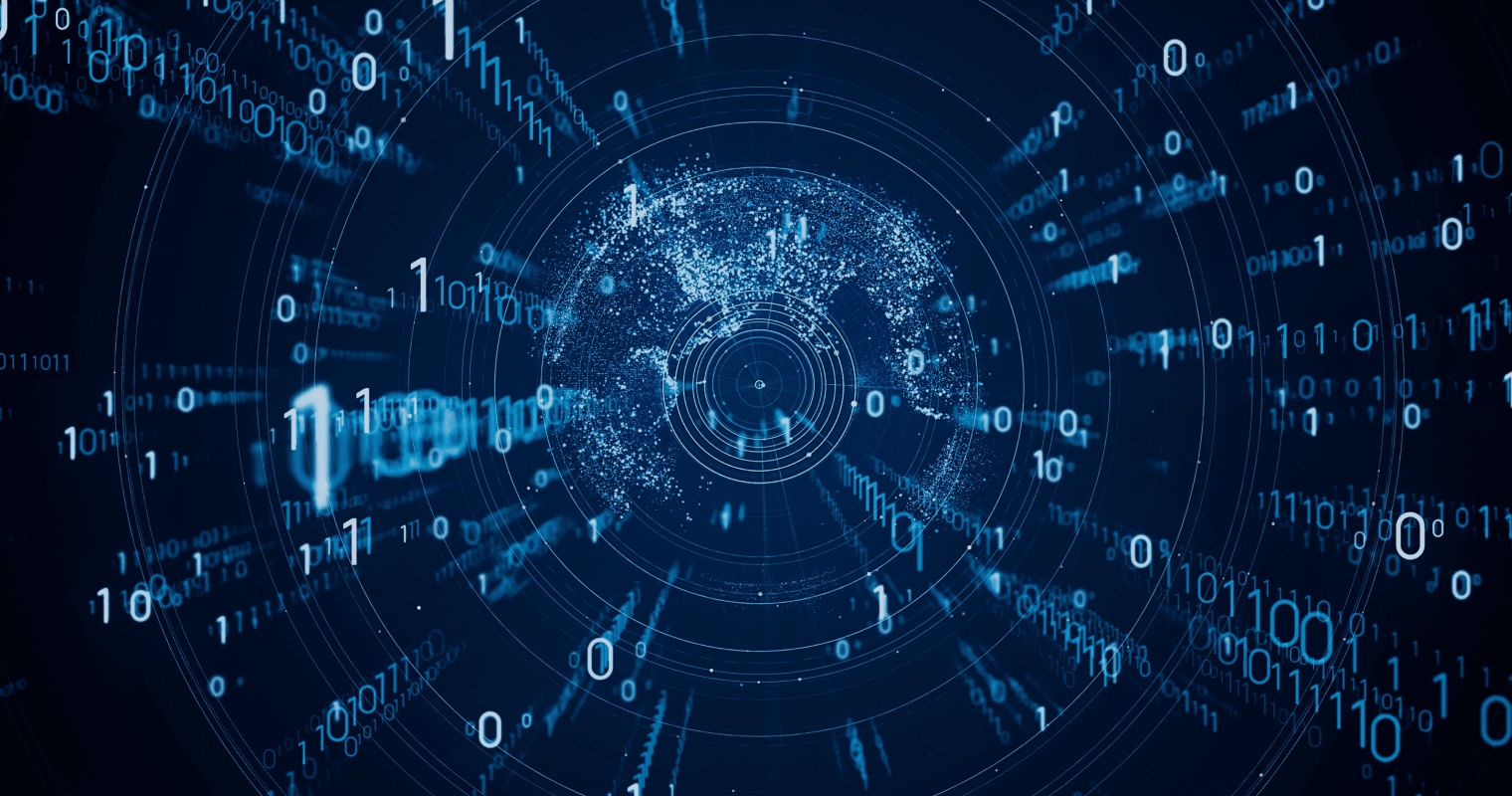Imagine a global chemical company preparing for a routine compliance audit. An employee needs to quickly verify the current labeling requirements for a hazardous substance in Germany. The company’s AI assistant provides an answer that sounds confident and precise. Yet, upon closer inspection, it has mixed up U.S. and EU regulations. The result: confusion, wasted time, and potentially serious legal consequences.
This scenario illustrates why traditional language models are not enough in highly regulated industries. Large Language Models (LLMs) generate fluent text, but they sometimes “hallucinate” – producing plausible but incorrect answers. In consumer applications, that may be tolerable. In chemical compliance, it is not.
Retrieval-Augmented Generation (RAG) provides a solution by combining language models with external, authoritative knowledge bases. Instead of relying solely on pre-trained data, the model retrieves relevant, up-to-date documents and anchors its answers in verifiable facts.
However, standard RAG setups fall short in complex domains such as REACH compliance. Regulations vary across jurisdictions, chemical substances are connected through hierarchical relationships, and domain-specific terminology often leads to ambiguity. Without targeted architecture, errors remain inevitable.
A robust RAG system must address four critical challenges:
To overcome these challenges, the architecture must integrate multiple layers of intelligence:
Metadata-driven retrieval: Every document is enriched with attributes such as jurisdiction, country, regulatory body, and effective date. This ensures that queries only return contextually relevant information.
Intelligent query translation: A specialized agent interprets user questions, detects the intended jurisdiction or substance, and reformulates the query accordingly.
Knowledge graphs: Substances, mixtures, and their regulatory relationships are modeled as a graph, enabling logical queries that go beyond simple text search.
Domain-specific embeddings: Language representations are fine-tuned on chemical texts to avoid terminological confusion.
Together, these components form a system that retrieves the right information and places it in the correct context, greatly reducing the risk of hallucinations.
Even the most advanced architecture requires human oversight. Domain experts validate responses, curate a gold-standard dataset for benchmarking, and provide feedback loops that continuously improve the system. When the model produces low-confidence answers, these are flagged for expert review before reaching end users.
This combination of automation and expert supervision turns compliance AI into a trustworthy tool rather than a liability.
Building a REACH-compliant RAG system is not a one-off project but a phased journey. First, companies must prepare their data with high-quality metadata. Next, retrieval pipelines and knowledge graphs are integrated. Finally, continuous evaluation and expert feedback ensure that the system evolves with changing regulations.
The result is a solution that delivers reliable, fact-based answers in one of the most highly regulated industries. It empowers companies to meet compliance requirements with confidence, efficiency, and transparency.
As an IT agency with expertise in RAG systems, TaaS, and fullstack software development, we support organizations in designing and implementing such solutions from architecture to production.
Insights from our Blog

Why standard AI systems fail in regulated markets and how a REACH-compliant RAG architecture provides the solution.
Intelligent Compliance: AI as a Strategic Imperative for the Chemie Industry
In industries where errors can cost millions, AI hallucinations are unacceptable. Discover how a purpose-built RAG system mitigates regulatory risks, ensures compliance with complex regulations like REACH, and turns compliance into a strategic competitive

Legacy Modernization: The Strategic Path
Transform with Kafka & Debezium, minimize risk.
Outdated IT systems represent a growing liability, hindering agility and blocking innovation. This article presents a proven, incremental approach to modernization. Discover how to renew your core systems step-by-step, minimizing risks and future-proofing

How centralized decision-making shapes organizations and where it falls short
Beyond Command and Control: Leadership by Design
Command and Control emphasizes strict hierarchies and streamlined authority. But in today’s fast-paced world, can this model still deliver – or is it a rigid approach in need of rethinking?

The four team types and interaction modes that power modern IT organizations
Team Topologies: Structuring Teams for Success
Team Topologies helps organizations design their teams for clarity, speed, and collaboration. Learn how strategic team structures can reduce friction and accelerate delivery.

Systemantics: When Systems Go Wrong
What complex systems teach us about failure, dysfunction, and unexpected behavior
Systems don’t always do what they’re designed to – they do what they can. In “Systemantics,” John Gall unpacks why systems fail, often in surprising ways. A thought-provoking look at complexity in action.
Let’s Make Things Happen